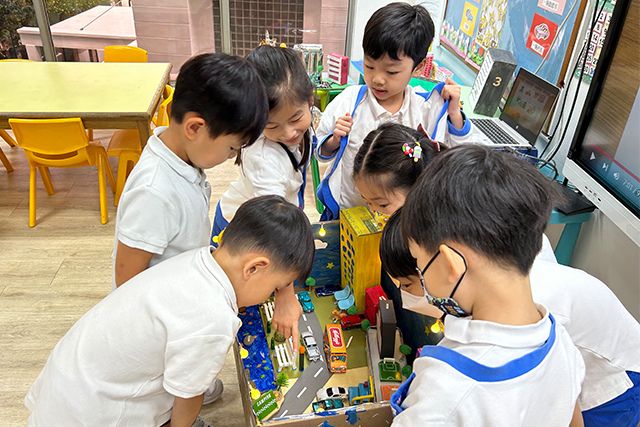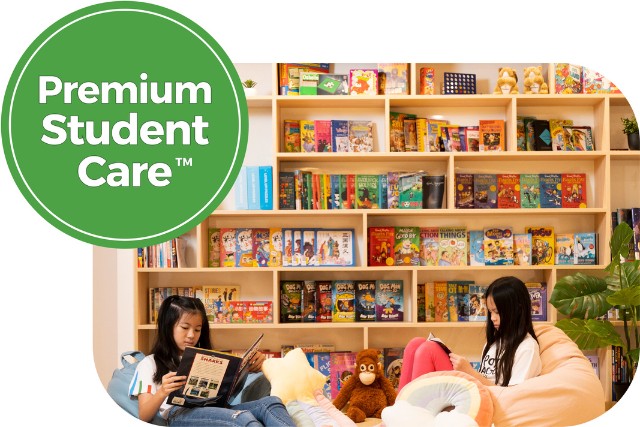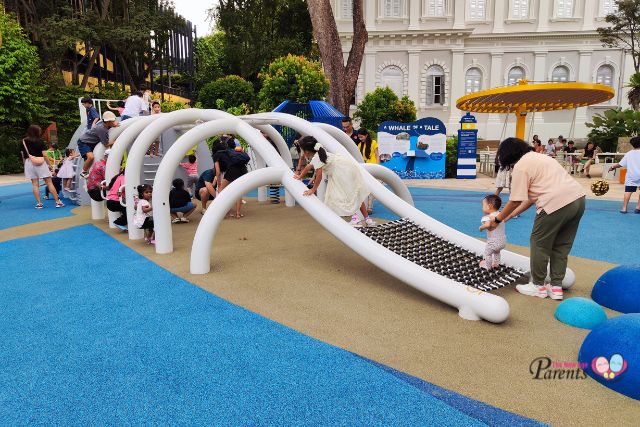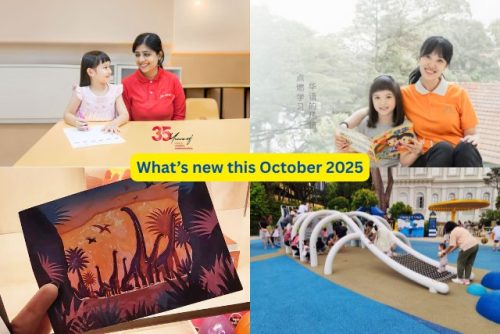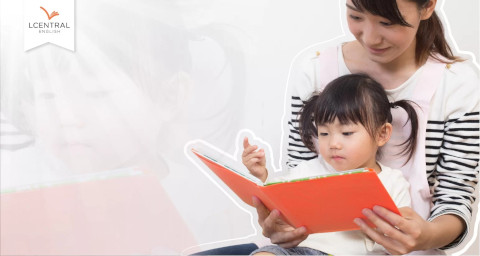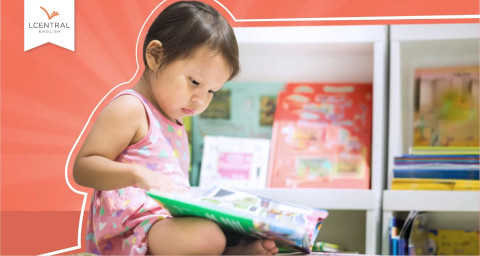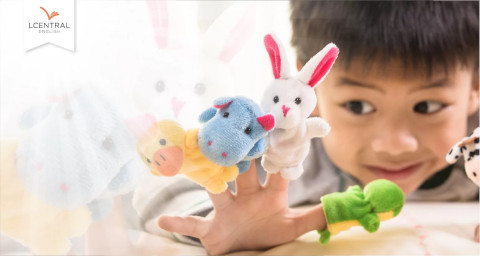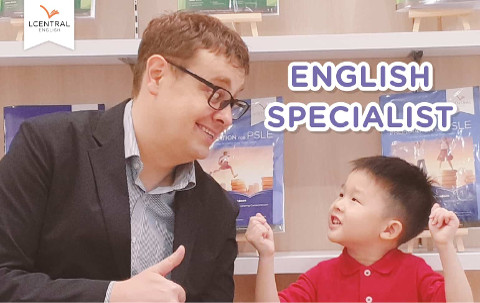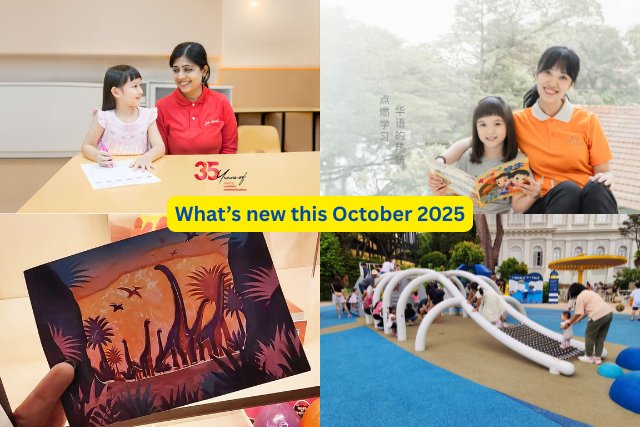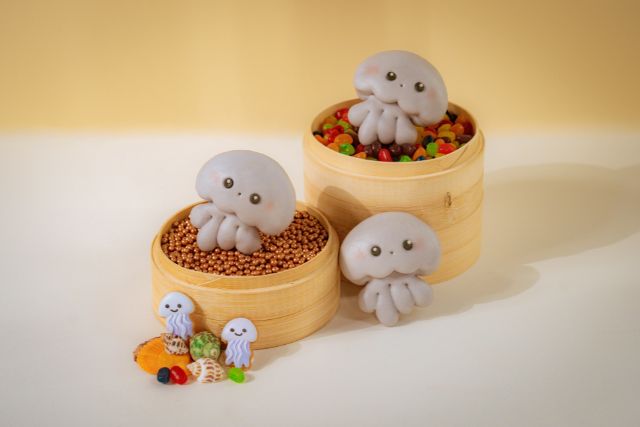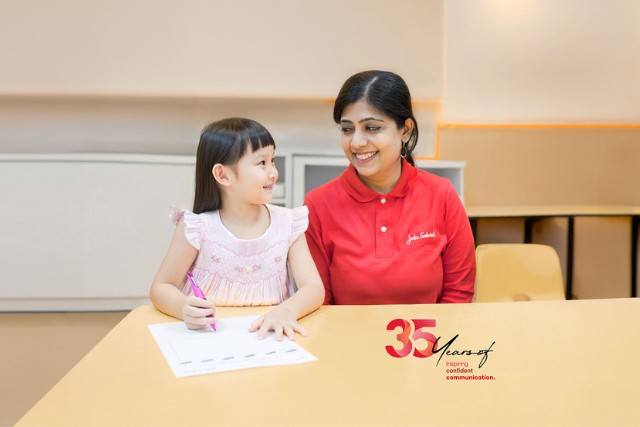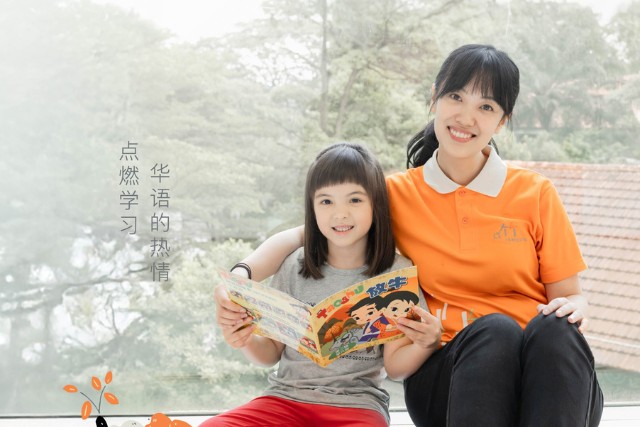Pre-reading skills can be easy to nurture and will lay the foundations for reading success.
What are Pre-reading Skills?
Put simply, pre-reading skills are the first steps a child takes on their journey towards literacy. Some of these skills, such as learning the alphabet, seem fairly obvious, but they’re not all so clear! There are many other important pre-reading skills that are often overlooked by parents. Even if a parent is aware of all of these skills, they may still be at a loss when it comes to facilitating their development. Equipping children with strong pre-reading skills will require time and patience from parents. However, perhaps even more importantly, it will require parents to set the right example.
Motivation to Read
We all know that learning is easier when it is enjoyable. Be it a new skill, recipe or technique, if we actively enjoy the thing we are learning, we will be more motivated to continue – even when it becomes challenging! Reading is no different. Children need to see reading as a pleasurable activity, not merely something that has to be done so that they ‘do well in school’. One of the simplest ways a parent can show children that reading is fun is to read themselves. Children imitate what they see around them, so when they see Mum and Dad enjoying a good book they will be more inclined to want to do the same.
Another way of increasing a child’s motivation to read is to allow them to select their own reading materials. Take your children to the bookstore or library and allow them to choose books for themselves. Children will be far more motivated to engage with their own choices than with books that are foisted on them.
Children who are motivated to learn to read will likely pretend to read, especially if Mum and Dad are reading together. They will show an interest in books and happily flip through them before they can decipher the words on the page. They will also likely ask their parents to read to them, which may be the single most important thing a parent can do to strengthen a child’s motivation to read. Read to your child every day. The enjoyment of a story being read in an engaging tone of voice is the clearest indicator to a young child that books – and by extension reading – is fun.
Vocabulary
Being able to identify things based on their names is a vital pre-reading skill. Children need to connect the words they hear (and later read) to something they know. This could be an animal like a cat or dog, an object like a table or chair or even an emotion, like happy or sad. Provide your child with a variety of fiction and non-fiction books filled with pictures and be ready to answer their questions when asked what something is. Likewise, use a wide vocabulary when talking to your child and explain the meaning of unfamiliar words to them.
Another great way of developing your child’s vocabulary is to ask them to describe things. This could be an everyday object, one of their favourite toys, or even a picture in a book you are reading together. Take the time to help your child find the appropriate words to explain how something looks, feels or sounds.
Language and Comprehension Skills
Whether reading for themselves or being read to, it is important that children have the ability to understand the story. If children do not have this skill, then the magic of the stories they are reading will be lost to them. The narratives will be reduced to a string of seemingly unconnected words.
Children who have these skills should be able to answer simple questions about a story such as “Why is this character sad?” or “What do you think will happen next?”. They will also be able to retell the story in their own words and describe elements of the story such as individual characters or settings. Fortunately, these are things that are easy to make a part of your regular reading time and can be extended in many ways. For example, you might want to provide your child with finger puppets to help them retell the story they have heard or have them draw a picture of their favourite part of the story and explain what happened.
Concepts of Print
Before children can read, they need to know how books work. Things that are second nature to parents, such as how to hold a book correctly, will be alien to young learners at the start of their reading journey. Children need to see that books start on page one and that pages are turned one at a time. They need to be made aware that we read from left to right and top to bottom and that those groups of symbols on the page each represent an individual spoken word.
Once again, your daily reading time can address all of this. Before reading a story, spend a moment on the front cover of the book. Rather than just telling your child what the title of the book is, point out the title and author too. Over time, your child will come to recognise the front cover of a book and thus know that they should start reading from there. Once the story begins, use your finger to track the words as you read them. Allow your child to hold the book, ask them to turn the pages, and even have them track the words with their fingers while you read.
Letter Knowledge
Singing the alphabet song is a good start, but children who have strong letter knowledge can do much more, including identifying the individual letters written in uppercase or lowercase. Crucially, they are also aware that each letter makes a sound and are able to make that sound when asked.
Teaching all of this can seem daunting at first so it’s best to start small. Teach your child the letters in their name and ask them to point them out on an alphabet chart. Use part of your daily reading time to read an alphabet book with your child, asking them to name letters and sounds. Letter knowledge can even be nurtured outside the house by drawing attention to print in the environment. For example, you could ask your child to ‘hunt’ for certain letters while at the supermarket. Not only will this activity help with their letter knowledge, but it will keep them occupied while you’re buying groceries!
Phonological Awareness
Phonological awareness is the knowledge that words are made up of smaller sounds and the skill to identify and manipulate those sounds. Children with strong phonological awareness will be able to recognise rhyming words when they hear them and count the syllables in words. As their phonological awareness improves, they will be able to blend sounds together to form words and also break up words into their individual sounds.
One way to help a child develop strong phonological awareness is through the singing of songs and rhymes. Teach these to your child so that they can sing them to their heart’s content. You may also want to read rhyming stories to your child. The ‘Hairy Maclary’ and ‘Slinki Malinki’ collections by Lynley Dodd are funny, engaging stories that rhyme and that children love.
Finally, take time to play word games with your child. You could play ‘eye-spy’ substituting the name of the letter for the sound it makes or ask children to replace the first sound of a word with another sound (e.g. replace the ‘c’ in ‘cat’ with an ‘m’).
Putting it All Together
Note that again and again many of the skills listed above can be covered during reading time. Whether it’s answering questions about the story, tracking the words on the page or recognising rhymes, reading books that your child has selected themselves is key to so much of what follows in their learning. Take the time to do so everyday. Not only will you be bonding with them, you’ll be helping them on their reading journey by encouraging a lifelong love of books.
Read the rest of the “Preparing Your Child to Read” four-part series below:
Part 2: Why Does My Child Confuse b and d?
Part 3: Why Phonics is Not Enough?
Part 4: Going Beyond Basic Phonics
This article is brought to you by LCentral.
Book a FREE consultation with an LCentral English specialist to gain insights into your child’s early literacy development and learning needs! Click on this link to schedule an appointment at a centre near you.
* * * * *
Like what you see here? Get parenting tips and stories straight to your inbox! Join our mailing list here.
Want to be heard 👂 and seen 👀 by over 100,000 parents in Singapore? We can help! Leave your contact here and we’ll be in touch.










